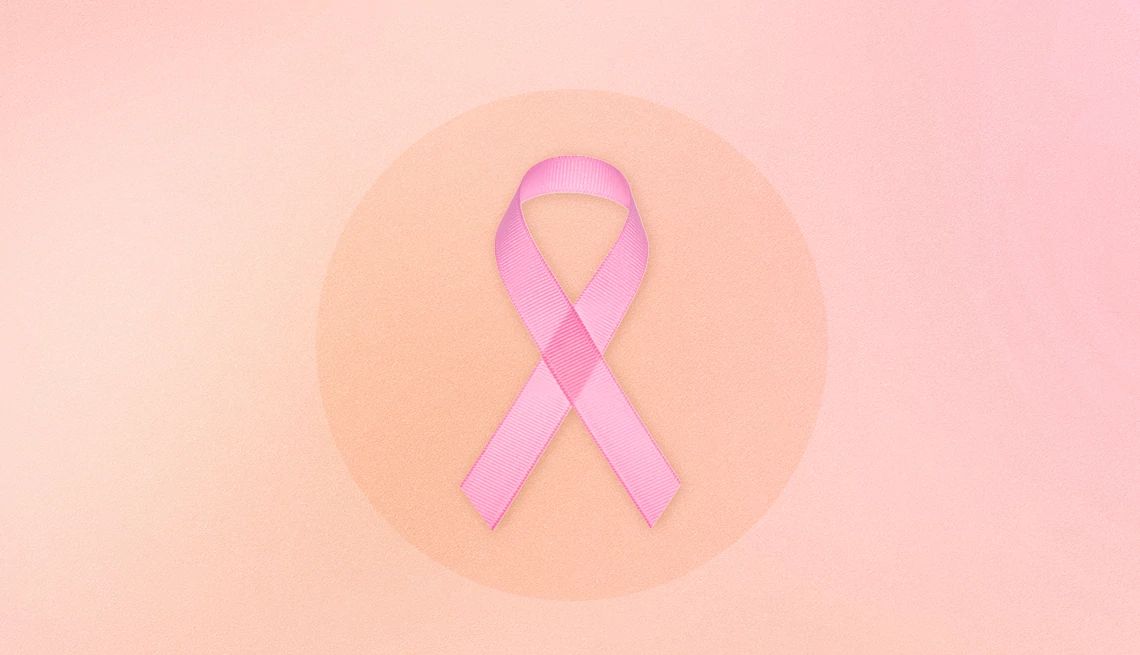AARP Hearing Center


Breast cancer mortality rates have fallen significantly since the late 1980s, thanks in large part to advances in early detection and treatment. But a new study from the American Cancer Society shows that not all populations in the United States have experienced this progress evenly.
While breast cancer mortality rates have dropped by 44 percent overall in the last three decades — this translates to approximately 517,900 fewer deaths — they have improved only slightly for Asian American and Pacific Islander women and have remained unchanged for American Indian and Alaska Native women.
Disparities also persist for Black women, who are 5 percent less likely to develop breast cancer than white women but are 38 percent more likely to die from the disease, according to the report published Oct. 1 in the journal CA: A Cancer Journal for Clinicians. The researchers note that Black women have the lowest survival rate for every subtype and stage of breast cancer, except for localized disease.
“A 44 percent decrease in mortality since 1989 is really incredibly gratifying, but these gains have not been seen equally in all populations,” William Dahut, M.D., chief scientific officer at the American Cancer Society, said in a media briefing. In a news release he noted that “these gaps need to be rectified through systematic efforts to ensure access to high-quality screening and treatment for every woman.”
Researchers track an uptick in breast cancer incidence
Another point of concern highlighted in the report, which analyzed data from the National Cancer Institute and the Centers for Disease Control and Prevention (CDC), is in the increasing rate of new diagnoses, including in women under 50.
The vast majority of invasive breast cancer cases and deaths still occur in women 50 and older, and a little more than half of all breast cancer deaths (52 percent) are in women 70 and older, the report states. But researchers are tracking an increasing number of cases in younger women, “where there’s really no screening going on,” Dahut says. Routine breast cancer screenings aren’t recommended until women are at least 40.
New breast cancer cases are rising annually by about 1 percent overall in the U.S. and 1.4 percent in women under 50, the new study shows. Some populations are seeing an even sharper rise in new cases. In Asian American and Pacific Islander women, cases are increasing by 2.7 percent per year in women under 50 and 2.5 percent in those 50 and older, and in Hispanic women breast cancer incidence is rising by 2.4 percent in women under 50 and 1.6 percent in those 50-plus.
The overall uptick isn’t just evident on paper: “It’s also something that we’re seeing in the clinic,” says Taiwo Adesoye, M.D., an assistant professor in the Department of Breast Surgical Oncology at the University of Texas MD Anderson Cancer Center.




































































More From AARP
How to Choose a Top-Notch Doctor as You Age
Physician Sharon Malone, author of ‘Grown Woman Talk,’ tells us what to consider when looking for the best care
Cancer Cases Are Rising in U.S.
Diagnoses are increasing among younger and middle-aged adultsWhen Do You Need a Mammogram? Panel Says 40
Lowering the age could save thousands of lives, experts say
Recommended for You